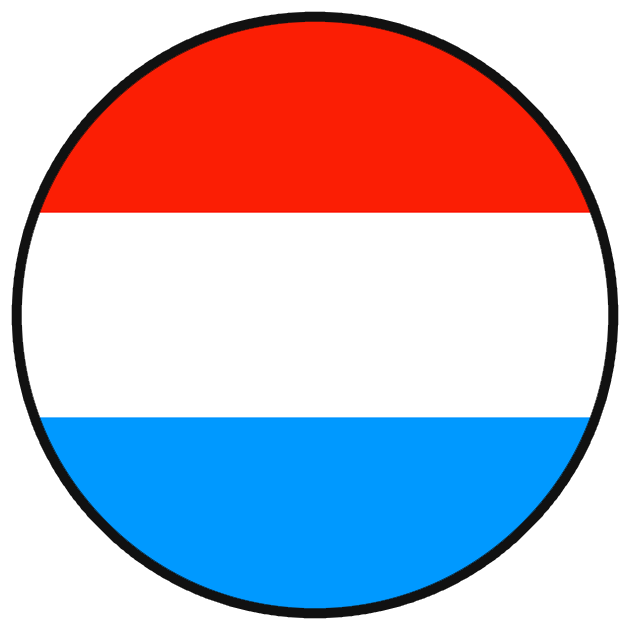Have you ever wondered what the difference is between a Clementine and a Tangerine?
Let’s start with a commonality. Both Clementines and Tangerine trees belong to the botanical family Rutaceae. Therefore, the fruits grow on evergreen trees, particularly prevalent in Mediterranean regions.
However, despite their close relationship, there are indeed some differences.
Origin and History:
Tangerines originally hail from China, where they have been cultivated for centuries. From there, they were exported to other parts of the world.
The origin of the Clementine lies in France, where the first plants were obtained around 1900 by the French monk Clément Rodier through the crossbreeding of a Tangerine with a Bitter Orange (Seville Orange). He is ultimately also the namesake of the Clementine.
Peel and Seeds:
The peel of Tangerines is thinner than that of Clementines. Due to the thinner skin, Tangerines tend to dry out a bit easier and are more susceptible to pressure marks. On the other hand, Clementines have a thicker skin, making peeling and shipping a bit easier for us.
Clementines generally have fewer seeds or are even seedless, while Tangerines tend to have more seeds. However, this can vary depending on the variety.
Taste:
An important distinction between Clementines and Tangerines lies in the taste. Clementines are known for their sweet, juicy, and fruity flavor. Tangerines also have a sweet taste, but it can be slightly tart as well.
Conclusion:
Overall, Clementines and Tangerines are closely related, sharing the same genus and botanical plant family. For this reason, they have many similarities, yet some differences can be identified. The most significant difference for us, however, is that we grow and harvest Clementines on our fields. Starting this year, we even offer you two varieties. We begin with the Mioro variety, and from November onwards, we harvest Clemenules.





 My account
My account 

































